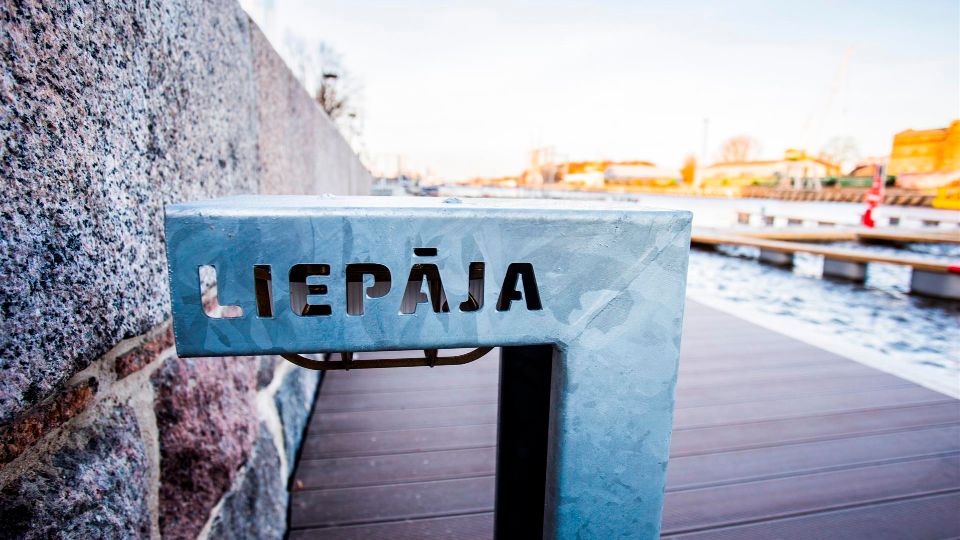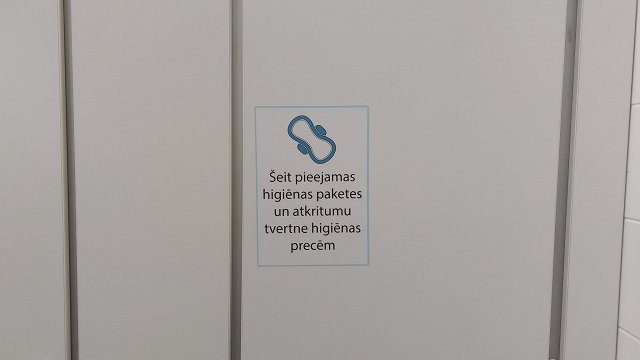Nicknamed “the city where the wind is born,” Liepāja has always been a refreshingly gusty kind of place. Even under Soviet occupation, it was renowned for its Bohemian subculture and rebellious musicians, and more recently it has produced a slew of talented innovators, entrepreneurs and athletes.
Despite having just 70,000 residents, Liepāja has a habit of punching above its weight. In the decade before the First World War, hundreds of thousands of immigrants passed through the port en route to the New World. The giant Karosta naval base made it a geopolitical hotspot under both czars and commissars.
There’s definitely a cosmopolitan air about this town which blends gentle seaside architecture, communist monstrosities and bold contemporary designs into a unique stew. And the experience of being part of a much bigger picture deserves to be shared with the world.
“We can show Europe how a small, non-capital city can maintain its identity in the rapidly changing 21st century,” says Liepāja Municipality spokesperson Zita Lazdāne. “How to flow with the times without becoming standardised.”
Making waves
In a joint bid with Cēsis, Liepāja was a runner up in the 2014 Capital of Culture bid. Since then, it has built crucial infrastructure like an international airport and a striking concert hall which make it an even more attractive candidate.
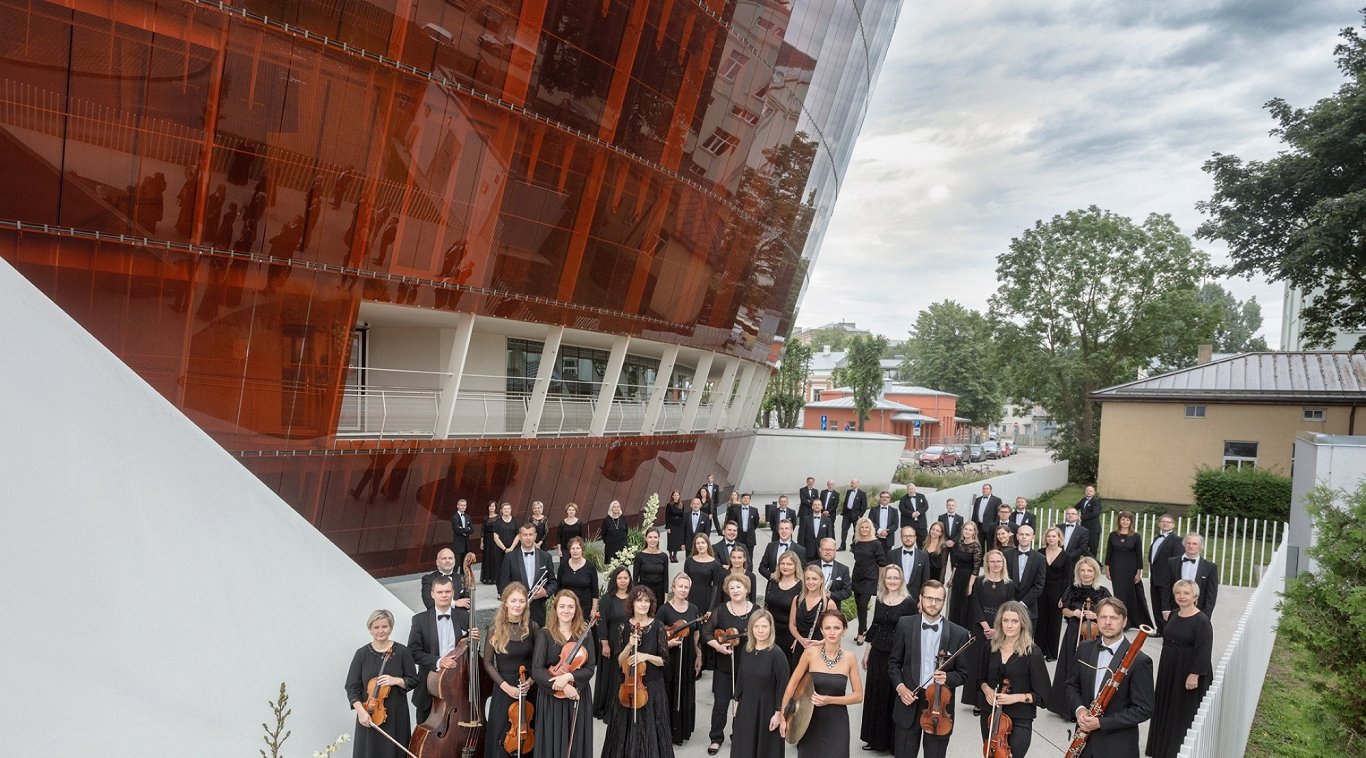
However, Liepāja’s cultural leaders think the city’s soul also needs some tending. According to Baiba Bartkeviča, who is in charge of the artistic programme for the 2027 effort, apart from a dynamic minority, there’s a lack of community spirit amongst the inhabitants. So things like shared music making, street parties and neighbourhood games will be high on the agenda.
“The idea is to get us out of being isolated and forge a sense of unity,” she says. “We want to get to know all the people of Liepāja – not just the arty types, but everybody.”
One of Liepāja’s greatest assets is its setting on a magnificent coastline. But the Baltic Sea is one of the most polluted water bodies on the planet, and raising awareness of ecological issues is a key part of the city’s message. Instead of litter-generating beach parties, people will be encouraged to learn about nature on special hikes. An international programme in which Latvian, Estonia and Finnish school kids make artwork from stuff found o the beach will be expanded on.
“This is going to be a different type of seaside festival, where we focus on conservation rather than consumption,” says Baiba. “We will look at issues which are vital for our future life on Earth and reflect on our habits.”
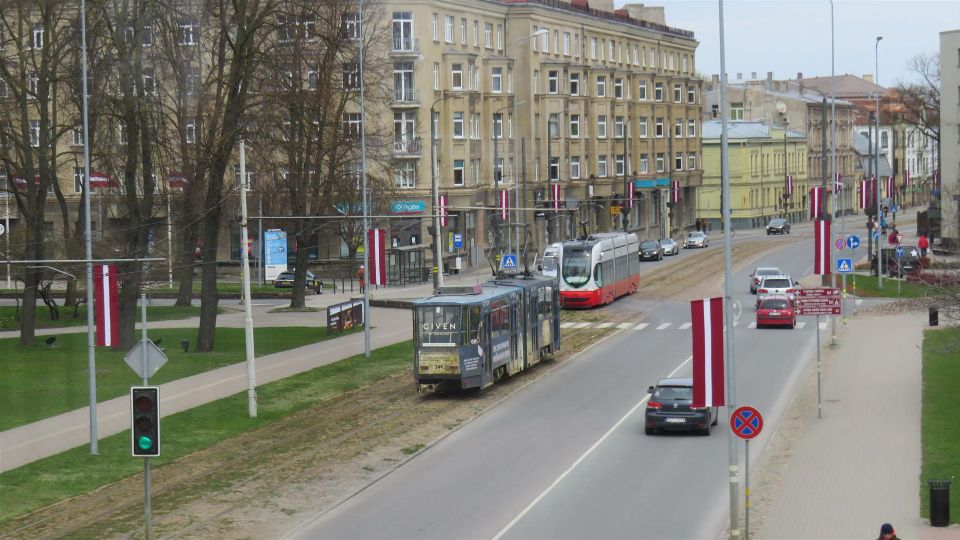
Of course, there will also be opportunities to showcase the rich cultural heritage of the Liepāja region, like the beautiful folk costumes of Bārta and Nīca villages south of the city. And 2027 will be a wonderful opportunity to tempt foreign visitors beyond the standard Tallinn-Riga-Vilnius itinerary.
“Get off the well-beaten tourist track and experience a different Europe!” says Baiba.
Five amazing Liepāja attractions
- The seaside
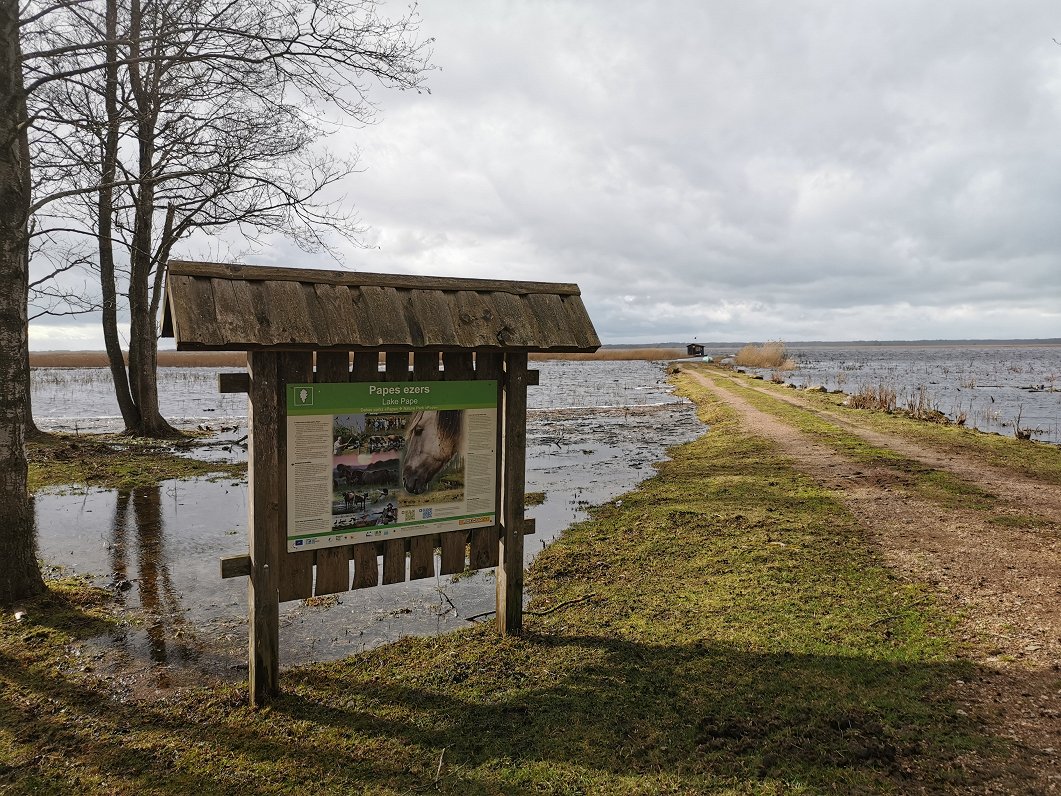
Taking in 100 km of sand, fish and birds, coastline in and close to Liepāja is an offbeat and often deserted pearl. Laid back Pāvilosta offers water sports and a few hipsterish bars. Escape civilisation entirely at Ziemupe, a pine-fringed campground with a gorgeous beach and an annual folk festival. South of the city, Bernāti offers unique accommodations like psychedelically landscaped “Sīpoli” guesthouse. And do visit the wild horses at Pape Nature Reserve.
Inhabited since the Stone Age, this intriguing site had its heyday in the 7th to 9th centuries AD, when Vikings and native Curonians created a hybrid culture. Then connected to the sea by the Ālande River, it was a major trading and agricultural centre, and its numerous burial mounds and hill fort provide rich pickings for scholars. It is a candidate for UNESCO World Heritage listing as an early example of Viking expansion.
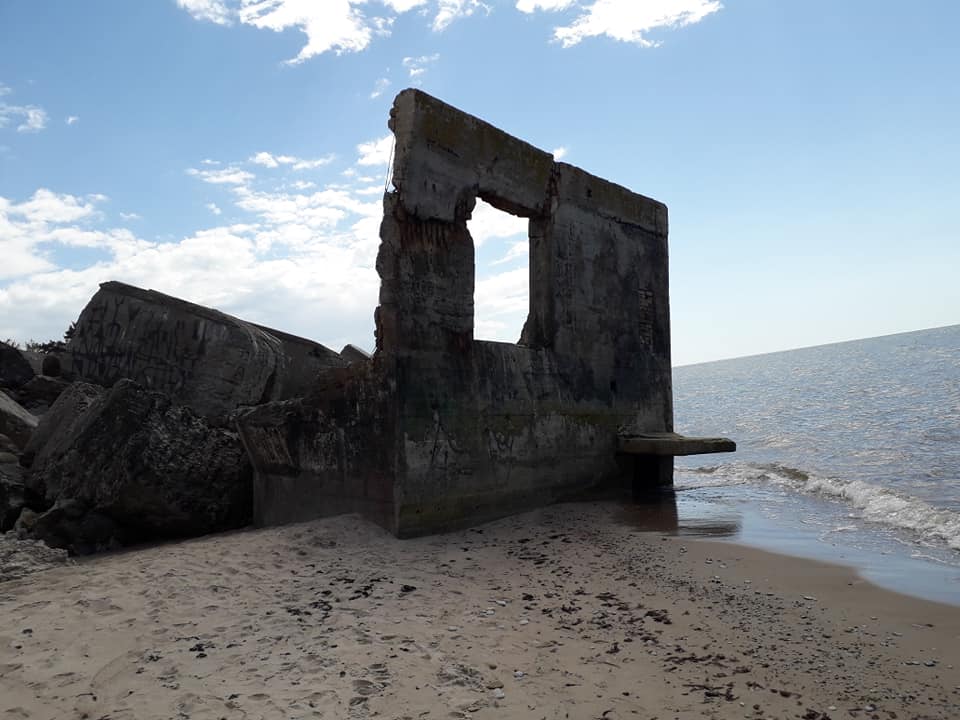
Liepāja’s former military port is a surreal monument to imperial hubris. Built by the czars and maintained by the Soviets, this enormous facility is today a concrete wasteland sprinkled with oddities. Admire the golden domes of the Orthodox cathedral, then stay the night in the old prison. And check out the semi-demolished Northern Forts, a bizarre tangle of rubble and structures leaning into the Baltic sea like a Dali-esque dream.
- Virtual sculptures
In recent years, sculptor Gints Gabrāns has proved you can make monumental things without stone or wood. His virtual “sunset” and a 20 kilometre high tower visible through a special app have been awe-inspiring if ephemeral landmarks, and more marvels should be appearing this summer.
- All night parties
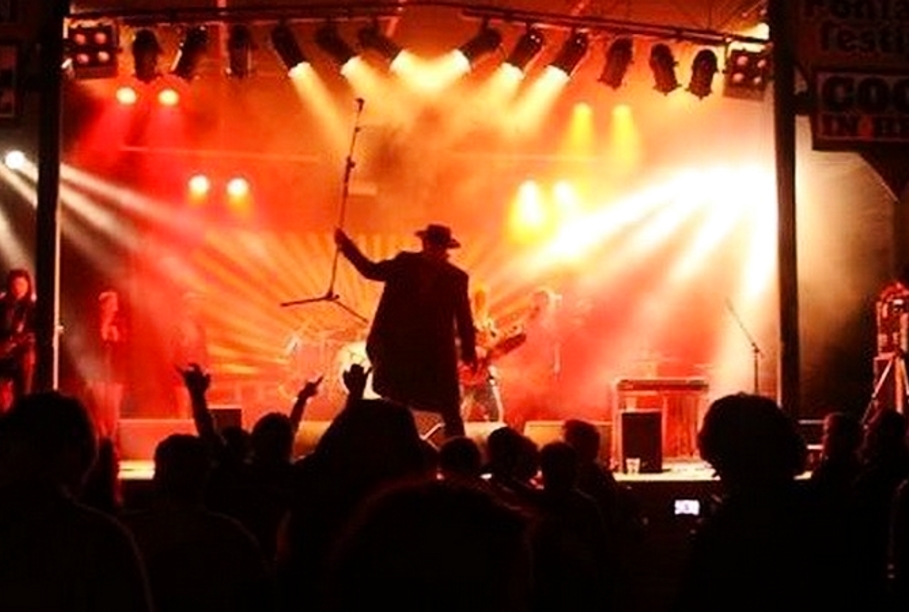
Since the “Liepājas dzintars” music festivals of the 1970s, Liepāja has been Latvia’s capital of good times. For the last two decades, the fun has continued thanks to rock-n-rolling Danish entrepreneur Louie Fontaine, whose eclectically furbished hotels, artery-busting fast food stalls and live music venues attracting bands from far and wide have all raised the roof. May they all reopen with a vengeance soon.
